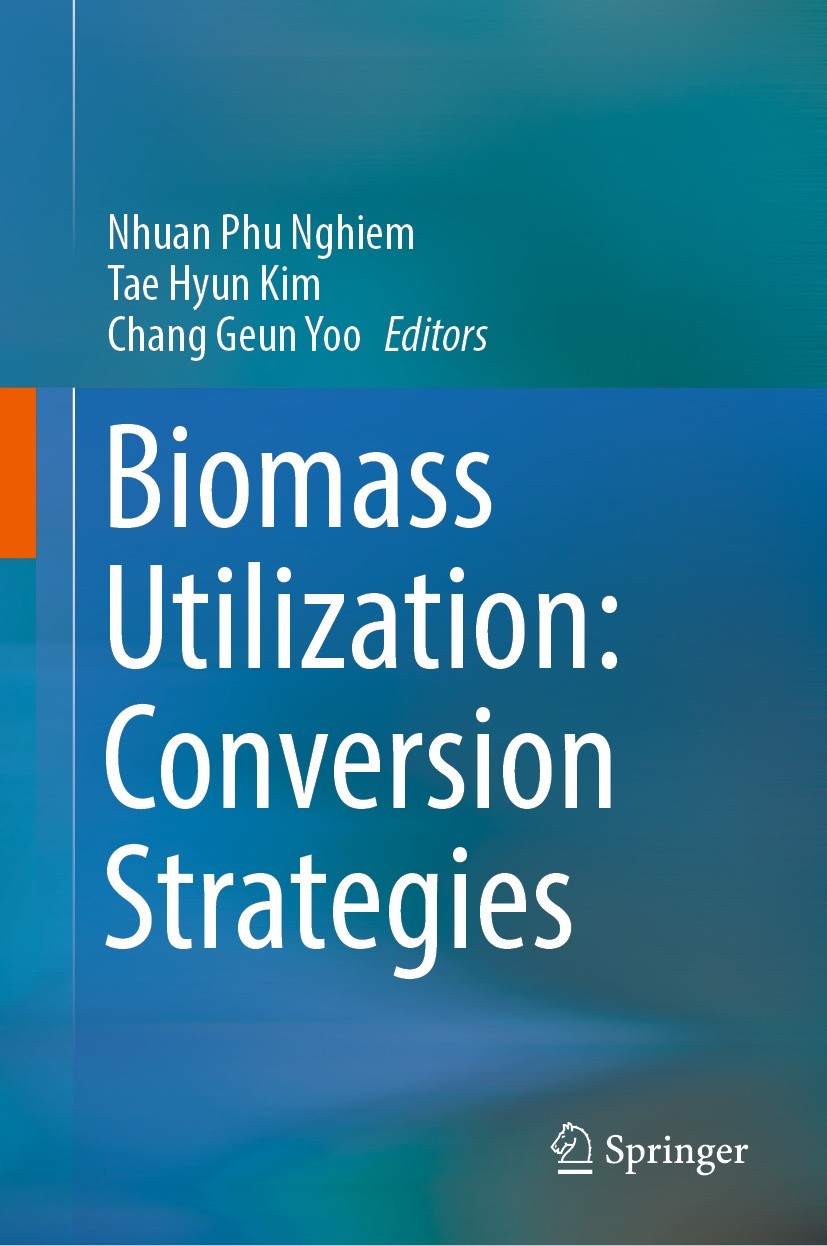| 期刊全称 | Biomass Utilization: Conversion Strategies | | 影响因子2023 | Nhuan Phu Nghiem,Tae Hyun Kim,Chang Geun Yoo | | 视频video | http://file.papertrans.cn/188/187848/187848.mp4 | | 发行地址 | Contains detailed descriptions of biomass-to-fuel conversion technologies.Focuses on the conversion of cellulose, hemicellulose and lignin.Reviews biochemical and thermochemical conversion approaches | | 图书封面 |  | | 影响因子 | This book focuses on the technologies developed for the conversion of all three biomass components, i.e. cellulose, hemicellulose and lignin, and their constituents, to fuels and high-value products. Both biochemical and thermochemical approaches are reviewed. Additionally, the developed technologies are described in detail and their potential applications as well as their commercial status are discussed. .The early attempts to produce fuel ethanol from lignocellulosic biomass feedstock focused solely on the biological conversion of cellulose because the only organism that had been used successfully for commercial production of ethanol, i.e. Saccharomyces cerevisiae, could only ferment glucose, which was obtained from the hydrolysis of cellulose. Hemicellulose and lignin were considered as wastes in these processes and were normally removed in pretreatment processes to enhance enzymatic hydrolysis of the remaining cellulose..However, this approach was not economically feasible and as a result, the biorefinery concept was developed. In a biorefinery, in addition to ethanol, various higher-value products are produced from hemicellulose and lignin, which were previously not considere | | Pindex | Book 2022 |
The information of publication is updating

|
|
 |Archiver|手机版|小黑屋|
派博传思国际
( 京公网安备110108008328)
GMT+8, 2025-11-13 18:41
|Archiver|手机版|小黑屋|
派博传思国际
( 京公网安备110108008328)
GMT+8, 2025-11-13 18:41


